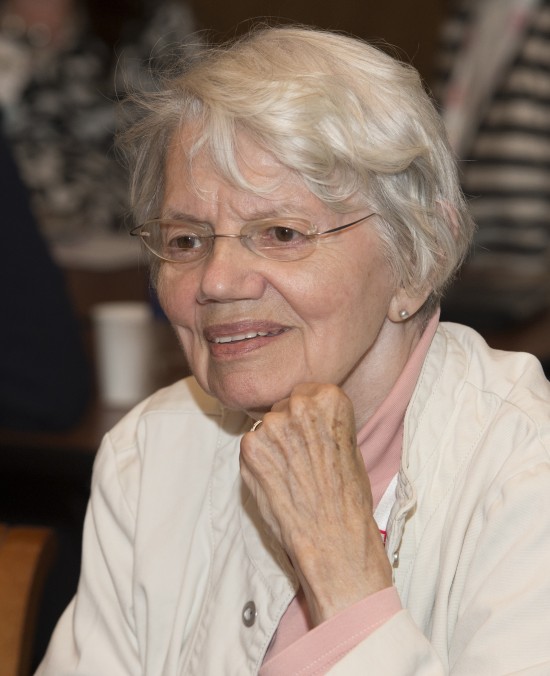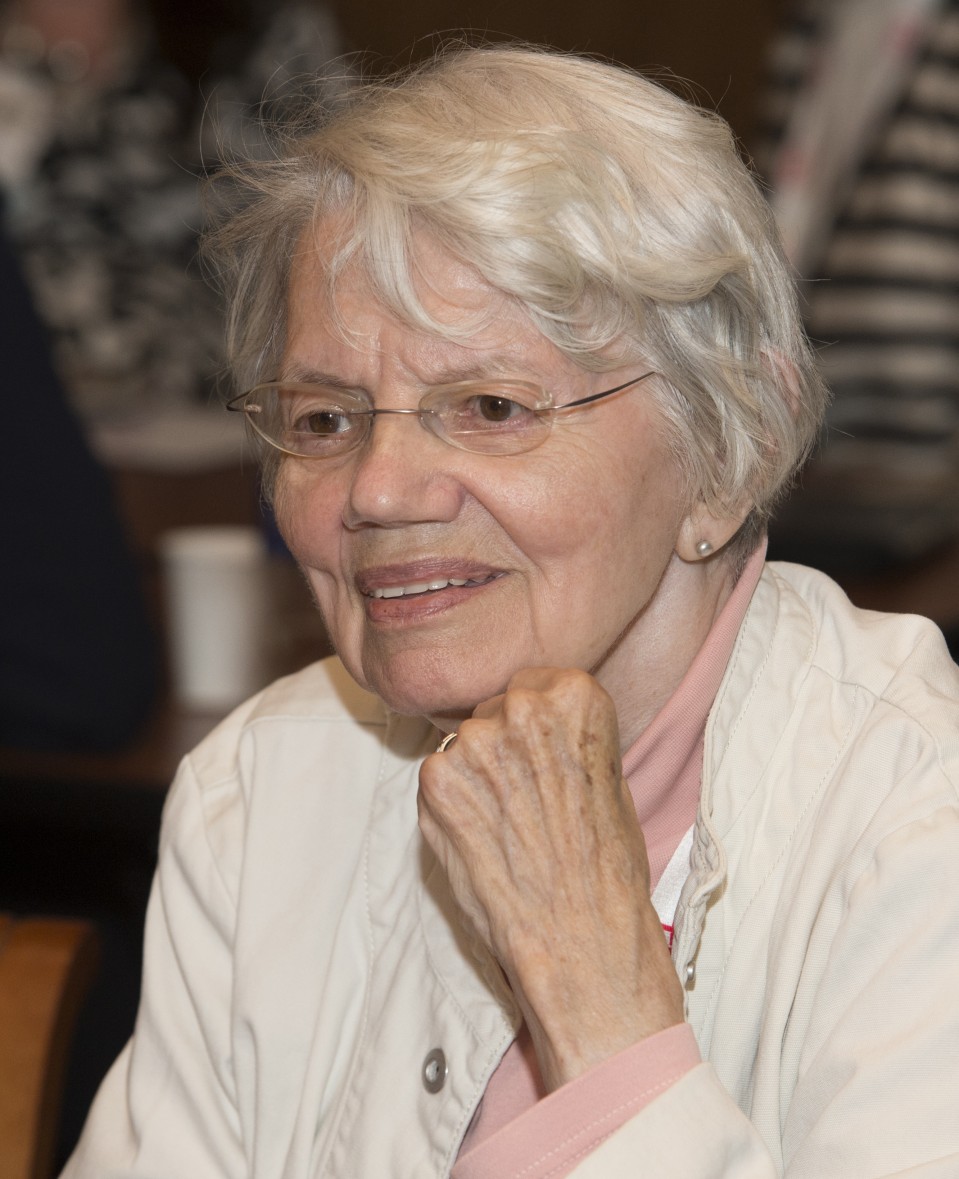Martha Goodway ’57
Metallurgist uncovers historical secrets.



Martha Goodway holds the distinction of being the first metallurgist to be employed full time in a U.S. museum. She worked for 41 years at the Smithsonian’s Museum Conservation Institute, where she researched and re-created metalwork from around the world, working with materials ranging from early Bronze Age tin to the famous 1903 Wright Flyer.
Her career has been filled with discoveries. In the late 1980s she was asked to transport a tiny fragment from the original Wright brothers’ flyer engine to the Smithsonian. “I had a hunch that something more was going on in the material,” she says. An analysis showed that the engine’s crankcase was made out of a heat-treated aluminum alloy. Until that point, historians thought the Germans were the first to develop such alloys for aircraft use, in their World War I zeppelins. “The Americans got there first! It was very satisfying to make that discovery,” she says.
Working with a colleague, Goodway also found that the finest metal wire used in 17th- and 18th-century harpsichords was not steel but iron containing a small amount of phosphorus. While adding phosphorus to steel makes it brittle, the phosphorus actually strengthened the iron wire.
Goodway came from a family of engineers. Her father, who taught her how to use a lathe and forge, helped develop the first microwave, among other things, and would tell Goodway about his work. Often it would be news of failure, but she became excited by the process of trial and error. “It was marvelous preparation for being an engineer,” she says.
She applied only to MIT for college, and in her general engineering studies she developed a passion for metallurgy. She even chose white gold for her brass rat so that the nickel in the mixture would prevent excessive wear. In 1957, she was one of only 19 women to graduate from MIT and was featured on the front page of the Boston Globe. She now lives in Cambridge, steps from MIT’s campus.
Goodway has been honored as a fellow of ASM International (formerly the American Society for Metals) and became the first woman elected president of the Historical Metallurgy Society, based in Great Britain. Although she is retired, she often gets questions about archaeometallurgy.
“I’m extremely happy I made the choice to go into the field,” she says. “It’s probably the best decision I made in my life, and MIT made it possible.”